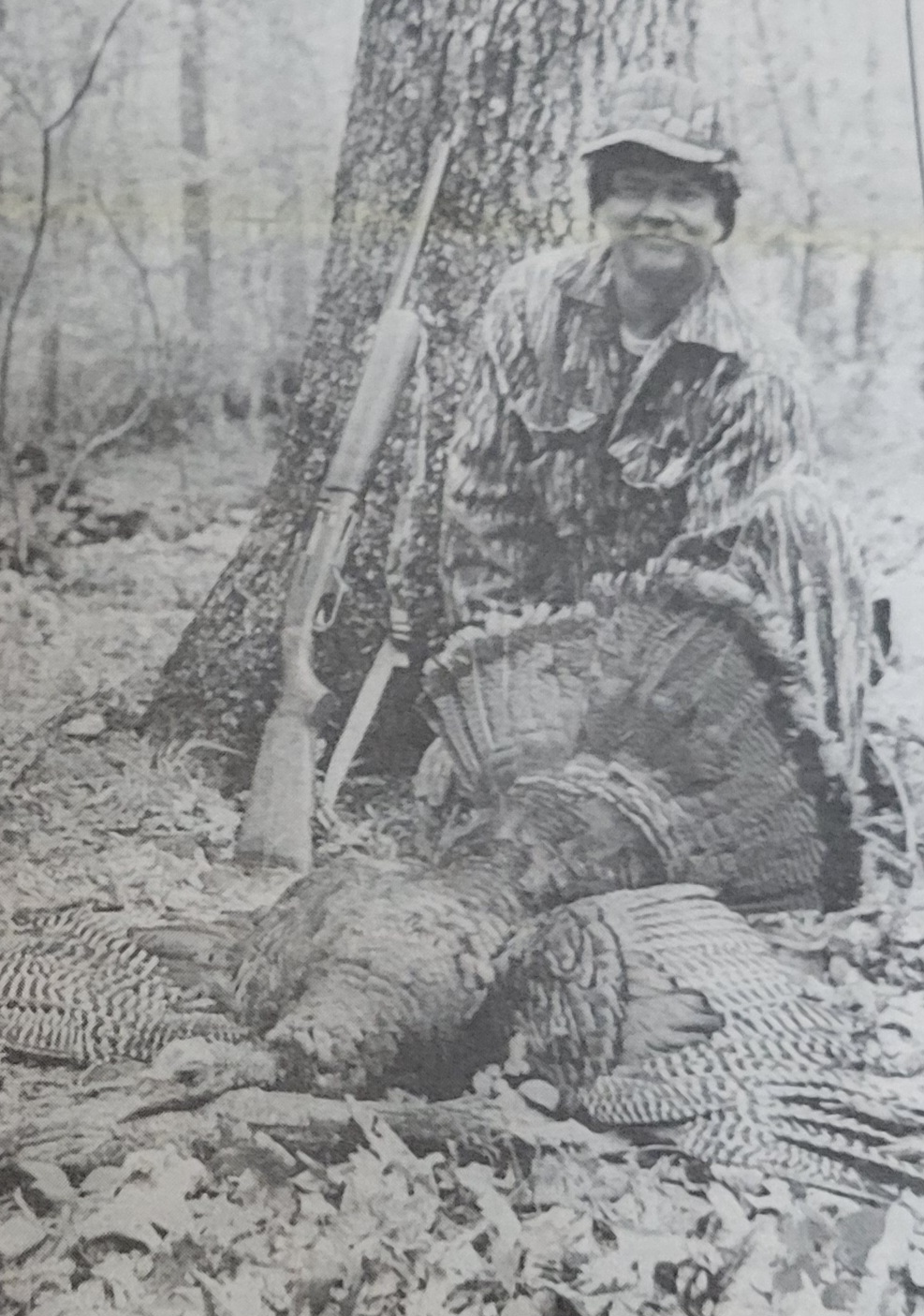
BY FRANK WALTERS
Special writer
From the April 13, 1994 edition of the New Castle Record
This is the time of strange pre-dawn activities in the fields and forests of Craig County.
The last hour before sunrise, members of a secretive group climb into waiting cars and trucks and head for their clandestine destinations. They seek out steep, wooded ridges that tower over surrounding farmlands, and narrow roads that wind through some of the county’s most remote Jefferson National Forest locations. Places with names like Broad Run, Tub Run, Patterson Creek, and Potts Mountain.
As the eastern sky begins to lighten with the faintest tinge of pink, and the last calls of the whip-poor-wills fade into the forest, these mysterious folk launch into their rituals. Some stay in their vehicles, blowing their horns or opening their doors then slamming them shut. Others walk to favorable vantage points, where they hoot like owls or caw like crows. After each outburst the cock their ears to the distance and listen expectantly, hoping to hear a raspy, rattling response from something deep in the woods.
Why all the unusual antics? The five week spring gobbler season opens this Saturday, April 16, and eager turkey hunters are employing an array of seemingly bizarre—but proven—tactics to locate birds.
Using a mouth or box call to lure a wild tom turkey into shotgun range is one of the most challenging of all hunting activities. Locating a bird before it flies down from its roost is the all-important first step.
The definitive reason a normally wily turkey will give away its location to any number of loud, but foreign noises , is a mystery. Chalk it up to hormonal ardor; even people will usually do almost anything for love.
At time nothing will provoke a gobbler to respond; at other times anything will. One hunter tells of killing a bird that gobbled 13 times after a Canadian goose honked as it flew overhead. For any tactic to work there must be birds.
That shouldn’t be a problem this spring, according to john Baker, wildlife biologist supervisor with the Virginia Department of Game & Inland Fisheries.
“Craig County always has turkeys,” Baker Says, “so you can count on at least a fair season. This should be a good season, but not great, with a high proportion of jakes (young males) available. Conditions are good. The toms are already gobbling and the hens are dispersing into their breeding and rearing range.”
Baker explains that the number of trophy birds is most influenced by the success of the 1992 spring and summer breeding and rearing season, where hatches and survival were average. The jakes from 1993, which was one of the best breeding seasons in recent years.
Biologists estimate it takes an average of four poults per breeding hen to maintain the wild turkey population. Below that the size of the flock decreases; above that it increases. The 1993 average, Baker says was six poults per hen.
That means hunters who are happy just to kill any legal bird—one with a visible “beard” of hair like feathers sprouting from its chest—should have plenty of possibilities. Those seeking older birds, the 17 to 20 pounder trophies with bragging length beards, will be facing a much more difficult task.
To increase the odds, Baker recommends arriving to your site no late then 6:30 a.m. on opening day, and by 6 a.m. later in the season. He also advises using a variety of locator techniques—from the traditional crow, owl and car door approach to hen turkey and gobbler calls.
If all else fails, hunters can still take heart. That great battle cry “wait till next year,” really does have meaning in 1994.
“Considering the number of young birds,” Baker says, “we should have an improved season in 1995.”
-Prepared by Shelly Koon



